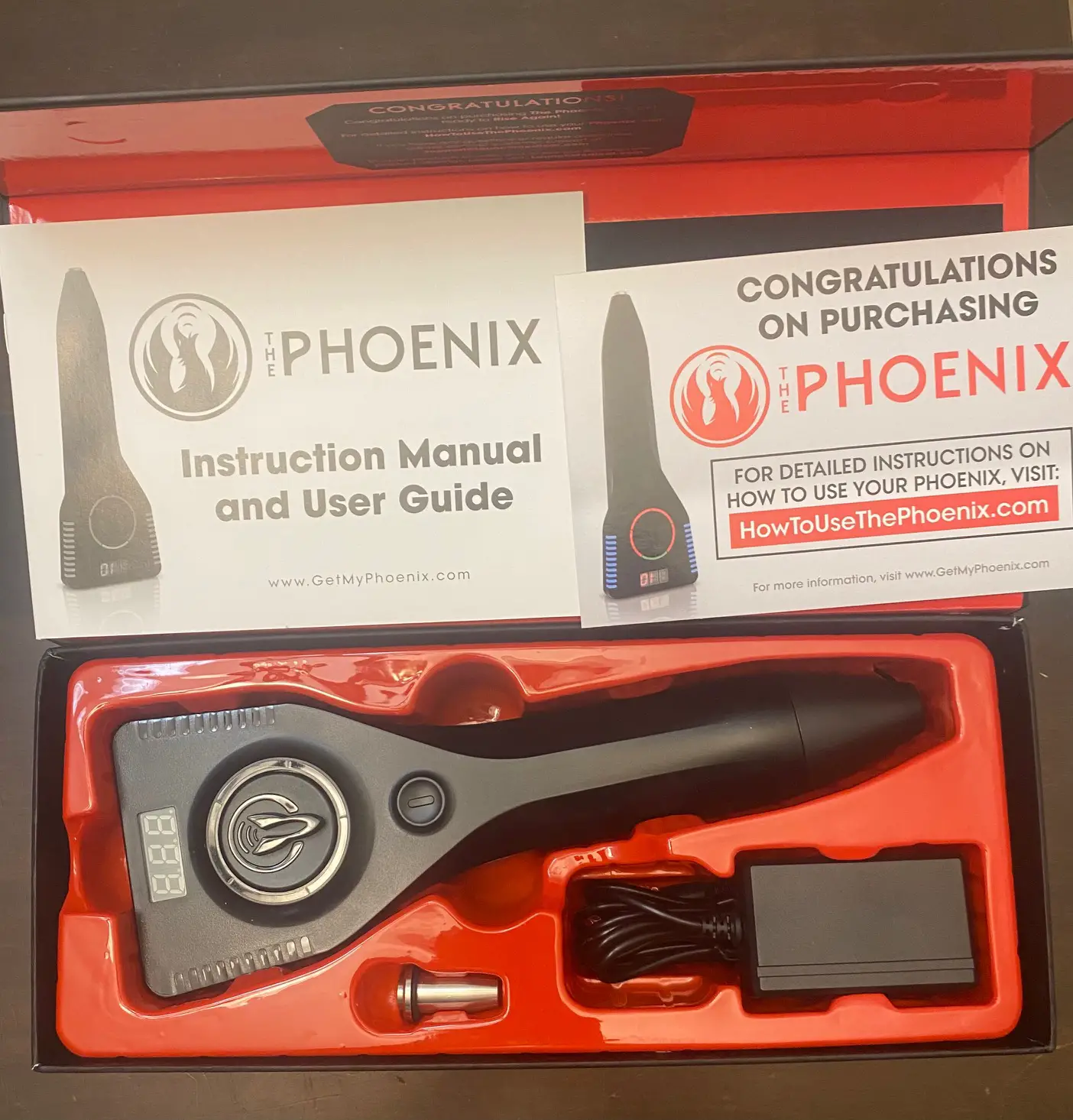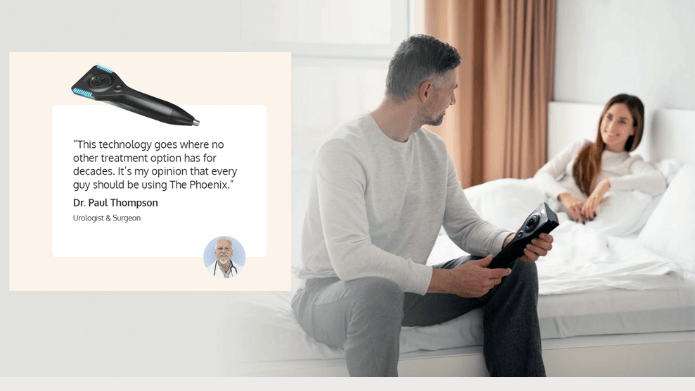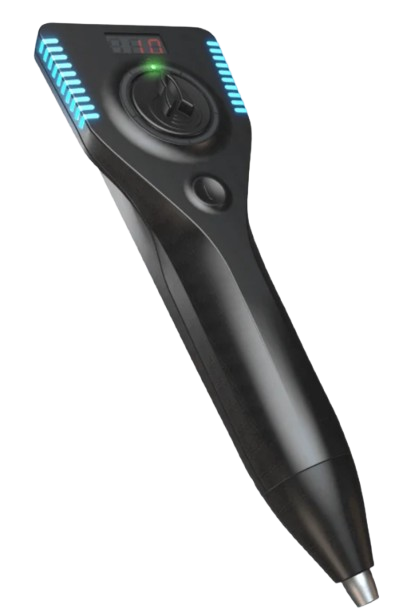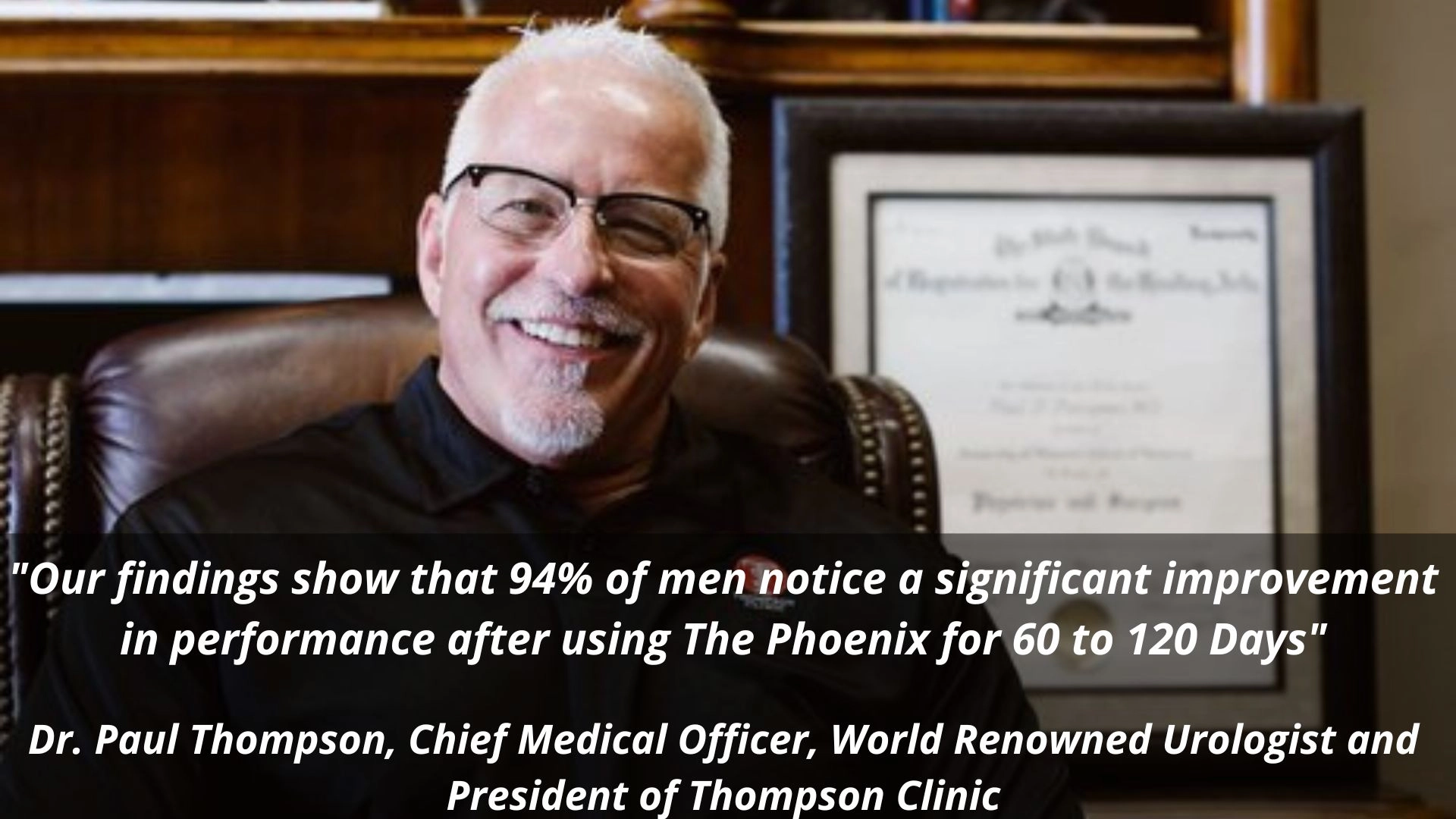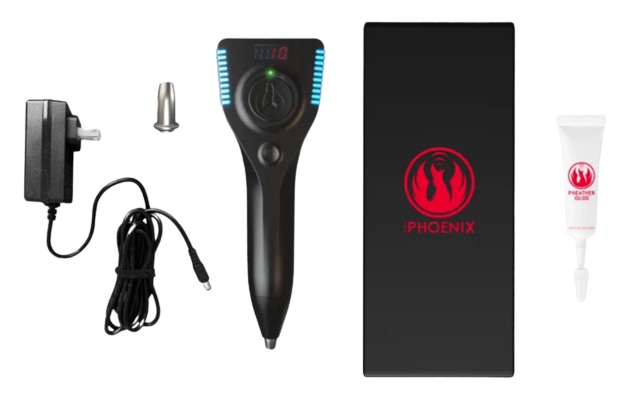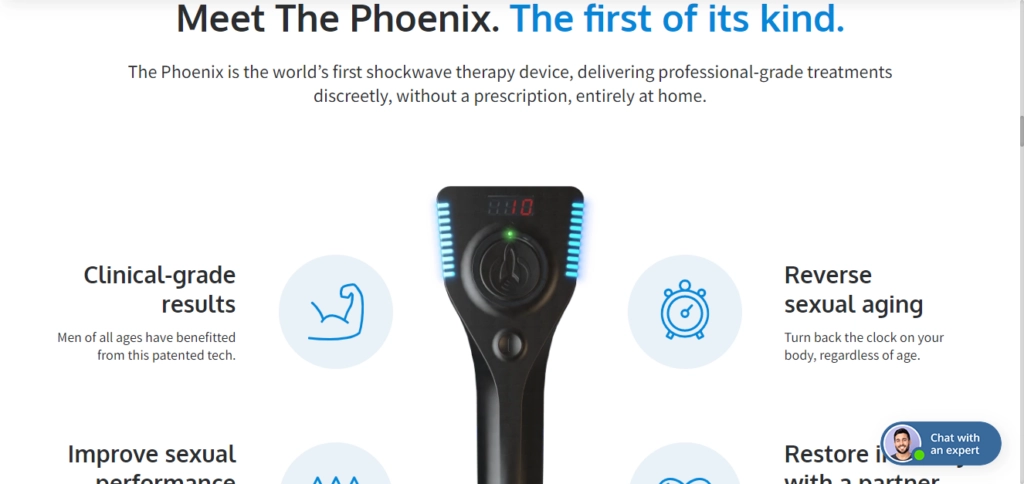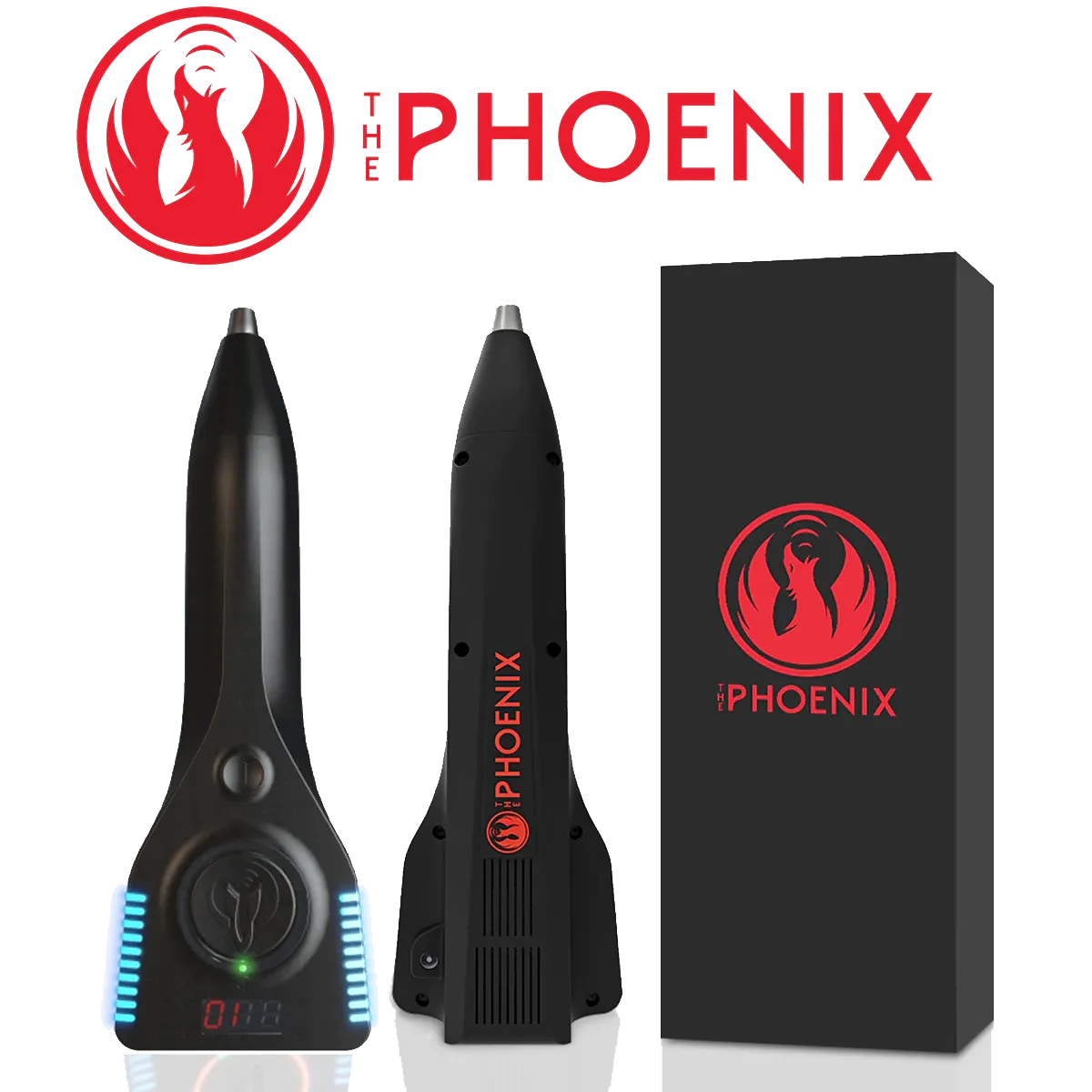Reviews Of The Phoenix Ed Device

Imagine a quiet evening, the soft glow of a lamp illuminating the room, and a conversation filled with hope. It's a scene playing out in homes across the country, where individuals are exploring solutions to regain a vital part of their lives: sexual function. The Phoenix, a device promising to address erectile dysfunction (ED) through acoustic wave therapy, is at the heart of these discussions, prompting both curiosity and careful consideration.
The Phoenix is garnering attention as a potential at-home solution for ED, offering a non-invasive alternative to traditional treatments. This article dives deep into reviews and expert opinions, providing a balanced perspective for those considering this device.
Understanding Erectile Dysfunction and the Rise of At-Home Solutions
Erectile dysfunction, affecting millions of men worldwide, is more than just a physical issue; it can significantly impact self-esteem, relationships, and overall quality of life.
Traditionally, ED has been addressed with oral medications, injections, and surgical implants. However, the search for less invasive and more convenient solutions has fueled the development of at-home devices like the Phoenix.
The allure of treating ED discreetly and on one's own terms is a powerful draw for many men, contributing to the growing interest in these devices.
What is the Phoenix and How Does it Work?
The Phoenix is a handheld device that uses acoustic wave therapy, also known as low-intensity extracorporeal shock wave therapy (LI-ESWT), to stimulate blood vessel growth in the penis.
The theory behind this approach is that by improving blood flow, the device can help restore erectile function.
LI-ESWT has been used in clinical settings for ED treatment, but the Phoenix aims to bring this technology into the home.
A Look at the Reviews: User Experiences and Expert Opinions
Reviews of the Phoenix are mixed, reflecting the diverse experiences of users and the ongoing debate about the efficacy of at-home acoustic wave therapy.
Some users report noticeable improvements in erectile function, experiencing firmer and more sustainable erections after consistent use.
Others are less enthusiastic, citing little to no change or questioning the device's long-term effectiveness.
"I was skeptical at first, but after a few weeks of using the Phoenix, I started to notice a difference," says one user in an online forum. "My erections are definitely stronger and last longer. It's not a miracle cure, but it's definitely helped."
However, it's important to note that these are anecdotal accounts and may not represent the typical experience.
Expert opinions on the Phoenix are similarly varied. Some urologists acknowledge the potential of LI-ESWT for ED treatment but express concerns about the safety and effectiveness of at-home devices.
They emphasize the importance of proper diagnosis and treatment under the guidance of a medical professional, as ED can be a symptom of underlying health conditions such as heart disease or diabetes.
"While LI-ESWT shows promise, it's crucial to approach at-home devices with caution," warns Dr. Emily Carter, a leading urologist. "There's limited data on the long-term safety and efficacy of these devices, and it's essential to rule out any underlying medical issues before pursuing treatment."
Others point out that the energy levels delivered by at-home devices may be lower than those used in clinical settings, potentially affecting their effectiveness.
The lack of rigorous scientific studies on the Phoenix specifically also contributes to the uncertainty surrounding its efficacy.
Navigating the Information Landscape: Separating Hype from Hope
The marketing of the Phoenix and similar devices often emphasizes their convenience and ease of use, which can be appealing to men who are hesitant to seek traditional medical treatment.
However, it's crucial to approach these claims with a critical eye and to consult with a healthcare professional before making any decisions.
Understanding the science behind acoustic wave therapy and the limitations of at-home devices is essential for making informed choices.
Consider these points when evaluating information about the Phoenix:
- Credibility of Sources: Look for reviews from reputable sources and expert opinions from qualified medical professionals.
- Scientific Evidence: Assess the available scientific evidence supporting the device's efficacy.
- Realistic Expectations: Avoid unrealistic expectations and understand that results may vary.
- Potential Risks and Side Effects: Be aware of any potential risks or side effects associated with the device.
A Call for Further Research and Responsible Use
The Phoenix represents a growing trend toward at-home medical devices, offering potential benefits but also raising important questions about safety and efficacy.
More rigorous scientific research is needed to fully understand the long-term effects of at-home acoustic wave therapy for ED.
In the meantime, responsible use of these devices, in consultation with a healthcare professional, is crucial.
It's important to remember that ED is a complex condition with various underlying causes, and a comprehensive approach to treatment may be necessary.
This may include lifestyle changes, medication, therapy, and other interventions, depending on the individual's needs and circumstances.
Ultimately, the decision to use the Phoenix or any other ED treatment should be made in consultation with a healthcare professional, taking into account the individual's medical history, symptoms, and preferences.
Looking Ahead: The Future of ED Treatment
The future of ED treatment is likely to involve a combination of traditional approaches and innovative technologies, with a greater emphasis on personalized care.
At-home devices like the Phoenix may play a role in this future, but only if their safety and efficacy are rigorously established through scientific research.
In the meantime, open communication with healthcare providers and a focus on overall health and well-being remain the cornerstones of effective ED management.
The conversation surrounding the Phoenix highlights the importance of informed decision-making and responsible innovation in the field of men's health. It’s a reminder that hope and progress are best pursued with a blend of optimism and critical thinking.
